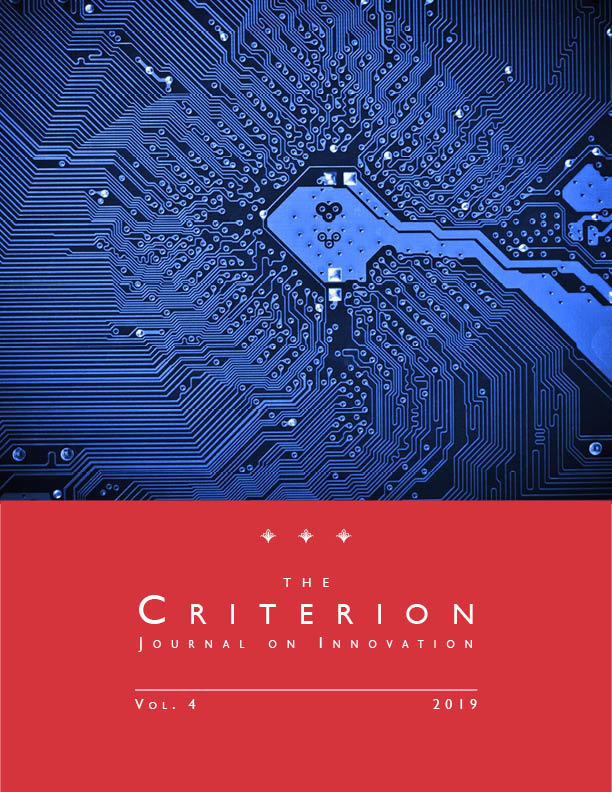Hedonic Prices and Patent Royalties: Epilogue
Purchase a reprint version of the Article (Amazon) | Read the Article (PDF) | Download the Article (PDF) Download the Article (PDF)Hedonic price analysis is an econometric methodology that enables one to isolate the value attributable to each component of a multicomponent product. By regressing a product’s total price on the product’s characteristics, hedonic price analysis enables one to determine how much consumers are willing to pay for individual components of a multicomponent product.
In our 2017 article, Hedonic Prices and Patent Royalties, we developed a hedonic price model for memory modules used in enterprise servers to estimate the incremental value attributable to the DDR4 LRDIMM standard above and beyond the next-best technology standard (which was the RDIMM standard). After estimating the incremental value of the DDR4 LRDIMM standard using our hedonic price model, we apportioned that value across holders of patents essential to the DDR4 LRDIMM standard on the basis of a forward-citation weighting methodology to calculate the value attributable to each standard-essential patent (SEP). We then used that information to determine a royalty range that would be reasonable and nondiscriminatory (RAND) for a given SEP holder to charge to license its SEPs on the basis of the value that it contributed to the standard.
In this epilogue, we supplement the hedonic price analysis contained in our 2017 article by examining whether the specification of our hedonic price model for memory modules is robust to an objective variable-selection methodology based on a machine-learning algorithm—the least absolute shrinkage and selection operator (LASSO) regression. Put differently, we analyze whether using a LASSO regression to select independent variables on an objective basis would produce a specification of the hedonic price model similar to our original model in the 2017 article, and we find that it does.

Cite as
J. Gregory Sidak & Jeremy O. Skog, Hedonic Prices and Patent Royalties: Epilogue, 4 Criterion J. on Innovation 401 (2019).
